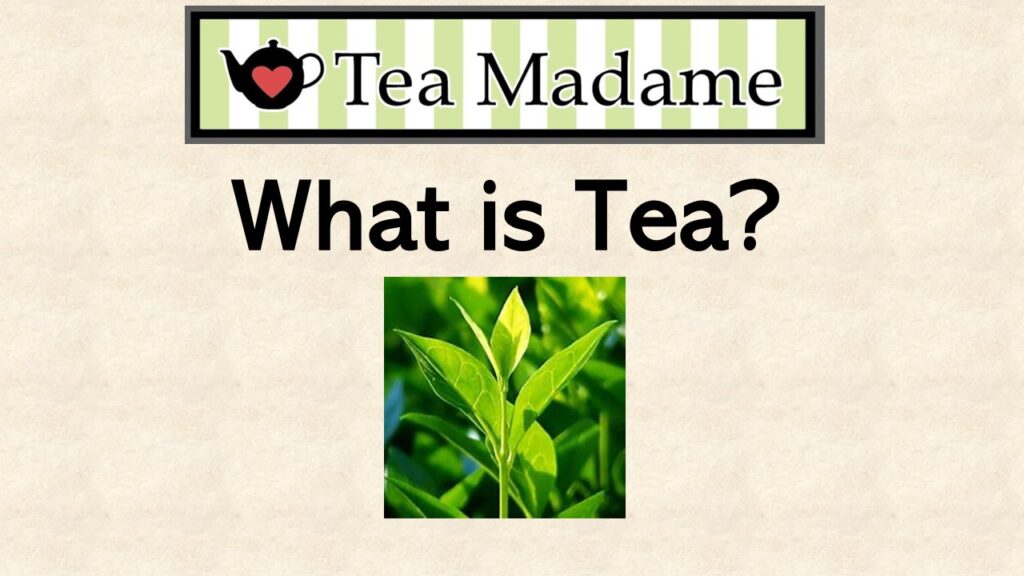
What is TEA? This is one of the most frequent questions we receive, as well as one of the most confusing, with each person having a different definition of what TEA is to THEM.
Technically speaking, TEA is a specific plant, Camellia Sinensis, as well as the beverage derived from it.
However, the US tends to refer to anything steeped in water as TEA.
Examples include:
- Peppermint Tea
- Bath Tea
- Compost Tea
Now, none of these items are even actual TEA. Two of which, you don`t even drink.
Compost Tea is composted matter that you steep like tea to create a natural fertilizer.
It is incredibly beneficial for gardens, but not exactly something you’d like to have a tall mug of. NOT TEA.
Peppermint Tea is not TEA either. It is simply dried Peppermint leaves, soaked in hot water to make a caffeine-free beverage. It’s packed with health benefits, sure, but is NOT TEA.
Bath Tea is a trendy new description of soaking in the tub with calming herbs floating around and infusing your bathwater. Good for relaxation and your skin, sure, but still NOT TEA.
REAL TEA is again, Camellia Sinensis. All types of TEA are specifically processed, based on who, what, when and where, into the five main types of TEA.
White TEA is the original type of TEA based on Process.
Plucked by hand, and then dried naturally, nothing is done to it to start or stop oxidation (the browning of the leaf).
The taste tends to be light in body with soft notes of straw, chestnut, and Honeysuckle. Airy, Light, it’s typically not for the coffee guzzling, Rich, Deep, and Dark Tea loving person. Always try it, you might be surprised.
Green Tea is processed to ensure the leaves do not oxidize.
Green Tea is plucked by hand, withered in the sun, then rolled. Immediately after the rolling, the leaf MUST be heated in some from to prevent the browning of the leaf. Steaming and Pan firing are the two main forms of heat used. Delaying the heating after rolling would allow oxidation to occur, thus making it no longer Green Tea.
Oolong Tea is a semi oxidized leaf. Alternating rolling, heating, basket rolling result in a medium bodied, Not Green, and Not Black tea experience. Oolong boasts a unique range of flavors and strengths and is an incredibly versatile type of tea.
Jade or Light Oolongs can look just like Green Tea, with Amber Oolongs looking more like Black tea. This type can vary more than any other tea, ranging in percentage of oxidation, rather than Green Tea, which is unoxidized, or Black Tea, which is completely oxidized.
Black Tea is fully oxidized leaf, allowed to turn brown by not heating the leaves after the rolling process.
Black tea was considered the darkest, most bold type of TEA, but then we met Pu-erh Tea.
Pu-erh to me, is the most important and agreeably the most mysterious type of tea in history.
Pu-erh Tea is Fermented and Aged Green Tea. This process calms and soften harsh tannins in tea, resulting in a smooth, rich, dark, and earthy beverage that many coffee drinkers find delicious.
Rooibos is called Red Tea, but in fact the term is more accurately Red Bush. A caffeine-free alternative to Tea, this leaf is delicious and rich, with no detectable tannins, and a great option if caffeine or bitterness are an issue.
Enjoy your day with a cup of tea that makes you happy.
LaDonna Olmstead
Owner – Tea Madame
